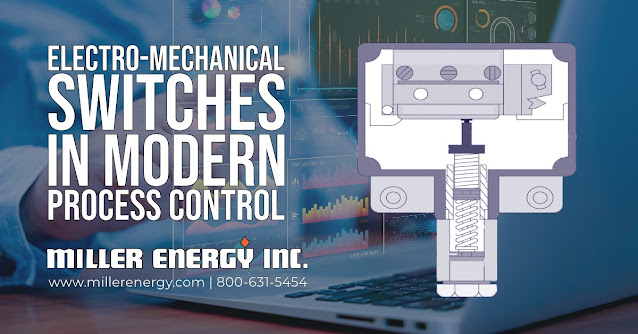Simple solutions, like electro-mechanical pressure and temperature switches, are often favored in specific industrial process control applications due to their inherent reliability and straightforward functionality. In the bustling environment of an industrial plant, complexity can introduce potential points of failure. While offering a broader range of functionalities and detailed diagnostics, sophisticated digital transmitters can be susceptible to software glitches, require periodic updates, and may be sensitive to electromagnetic interference from surrounding equipment. Furthermore, the cost of purchasing, installing, and maintaining these sophisticated instruments can be significantly higher than that of basic switches. On the other hand, electro-mechanical switches provide immediate, direct responses with minimal chances of malfunction, making them particularly suitable for applications that demand high reliability and quick actions. Their simplicity also means reduced training for operators, easy maintenance, and straightforward troubleshooting. In scenarios where continuous monitoring or data logging isn't essential but reliable actuation is, these traditional switches often emerge as the more pragmatic choice.
Electro-mechanical pressure and temperature switches have been a staple in the process control industry for many decades. Even with the advent of newer digital technologies, these traditional switches remain essential in many factory and plant automation instrumentation schemes. Here's a detailed breakdown of why these devices are still considered vital:
- Simplicity and Reliability: Electro-mechanical devices function on straightforward principles, such as the expansion of a bimetallic strip in response to temperature changes or the deformation of a diaphragm in response to pressure variations. These switches, having few moving parts, are inherently reliable. They don't suffer from software bugs or require firmware updates.
- Direct Control: Electro-mechanical switches can be wired directly to the control elements like solenoids, relays, or alarms, providing immediate response without needing an intermediary control system or software processing.
- Fail-Safe Operations: In safety-critical applications, it's sometimes preferable to have a direct-acting, mechanically-driven switch that can actuate an emergency shutdown or trigger alarms. These switches' inherent "on/off" nature ensures a definite state.
- Cost-effective: Electro-mechanical switches are generally less expensive than their electronic counterparts, especially for applications that don't require continuous monitoring or advanced functionalities.
- Low Power Requirements: Unlike electronic sensors that may need continuous power, these switches only consume energy when they change state, making them energy-efficient for specific applications.
- Resilience to Electromagnetic Interference (EMI): Electro-mechanical devices, being fundamentally mechanical in operation, are less susceptible to EMI, which can be a concern in industrial environments with heavy machinery and electrical equipment.
- Long Lifespan: Many electro-mechanical switches are known for their durability and long operational lifespan, mainly used within their design specifications.
- Versatility: They work in environments where advanced electronics, such as high-temperature areas or corrosive materials, might fail.
- Independent Operation: These switches do not necessarily rely on centralized control systems. This decentralization can be an advantage in scenarios where a failure in the central system shouldn't impact local controls.
- Ease of Integration: The infrastructure is built around electro-mechanical devices for many older plants and factories. Integrating newer electronic devices might require significant overhauls while continuing with electro-mechanical solutions offers seamless integration.
While electronic sensors and digital systems offer advanced functionalities and integration capabilities, there's still a strong case for the simplicity, reliability, and directness of electro-mechanical pressure and temperature switches. As with many technologies in the process control industry, the "best" choice often depends on the specific needs of the application and the context in which the device is applied.
Miller Energy, Inc.
https://millerenergy.com
800-631-5454
